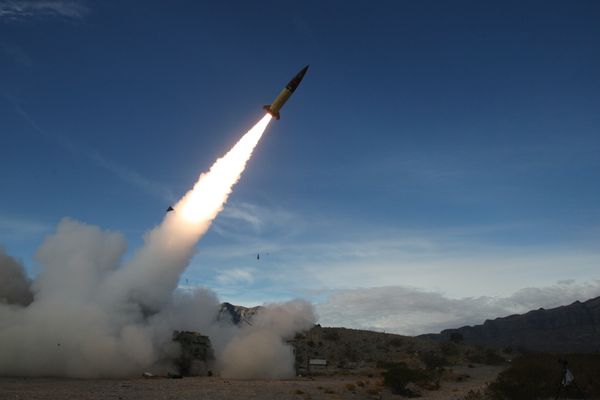
The mega-comet spotted in 2021 is the largest ever seen according to observations by scientists using the Hubble Space Telescope.
Estimated to be 80 miles across and with a mass of 500 trillion tons, comet C/2014 UN271 (Bernardinelli-Bernstein) has the largest icy comet nucleus ever seen. It’s now in the Solar System, but about two billion miles away.
Measured using Hubble and radio telescopes, scientists calculate that its nucleus is 50 times bigger than the previous record-holder. Its mass is a staggering hundred thousand times greater than that of a typical comet.
But Comert Bernardinelli-Bernstein is not a typical comet.
Nor is it going to pose any problem for our planet. In fact, it's never going to get any closer than over a billion miles away from the Sun, outside the orbit of Saturn.
That’s despite the fact that it’s traveling at a whopping 22,000 miles per hour.

“We’ve always suspected this comet had to be big because it is so bright at such a large distance,” said David Jewitt, a professor of planetary science and astronomy at the University of California, Los Angeles (UCLA), and co-author of the study published in The Astrophysical Journal Letters. “Now we confirm it is.”
The comet is thought to be on a once-in 600,000-years visit.
“This is an amazing object, given how active it is when it’s still so far from the Sun,” said Man-To Hui of the Macau University of Science and Technology, Taipa, Macau, and the paper's lead author. “We guessed the comet might be pretty big, but we needed the best data to confirm this.”
His team used Hubble to take five photos of the comet on January 8, 2022. However, since it’s too far away to get a good photo of its nucleus they had to use the telescope’s images of a bright spike and build a computer model of the surrounding coma, adjusting it to fit Hubble’s images. They then compared the brightness of the nucleus to earlier radio observations from the Atacama Large Millimeter/submillimeter Array (ALMA) in Chile.

Hubble’s measurements also suggest that Comet Bernardinelli-Berstein has a darker nucleus surface than previously thought. “It’s big and it's blacker than coal,” said Jewitt.
Comet Bernardinelli-Berstein was discovered last year by astronomers Pedro Bernardinelli and Gary Bernstein looking at old images from the Dark Energy Survey at the Cerro Tololo Inter-American Observatory, Chile. It was found in images dating back to 2010. An incredibly rare find, it was initially classed as a minor planet.
Its closest approach to the Sun won’t be until 2031, but it’s sure to be a a major talking point in astronomy until then.
The next-biggest comet astronomers know of is now C/2002 VQ94, which had a 60 miles-wide nucleus when it was spotted in 2002.
Wishing you clear skies and wide eyes.







